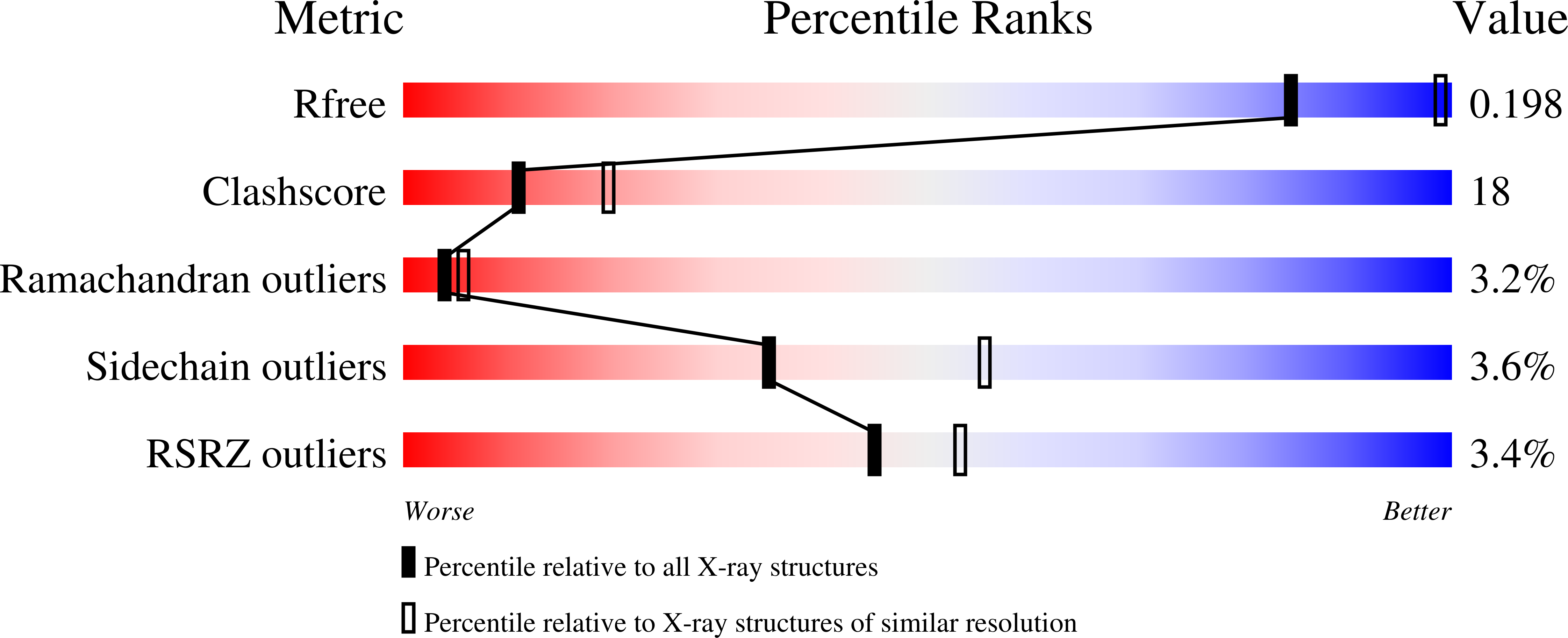
Deposition Date
2006-07-28
Release Date
2007-02-20
Last Version Date
2024-11-20
Entry Detail
Biological Source:
Source Organism:
Streptomyces lividans (Taxon ID: 1916)
Mus musculus (Taxon ID: 10090)
Mus musculus (Taxon ID: 10090)
Host Organism:
Method Details:
Experimental Method:
Resolution:
2.75 Å
R-Value Free:
0.24
R-Value Work:
0.22
R-Value Observed:
0.22
Space Group:
I 4


